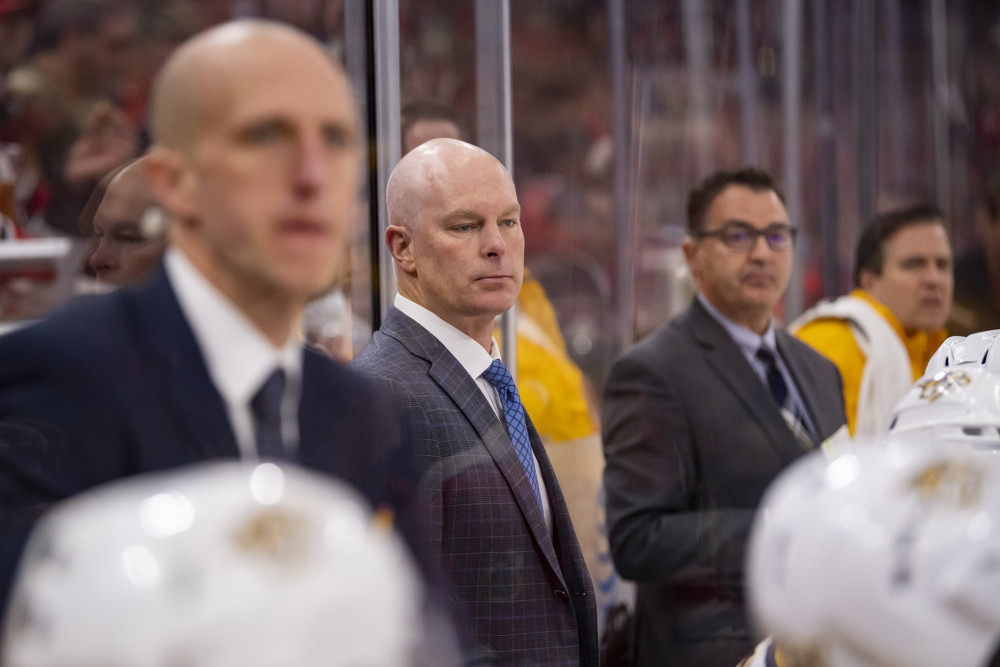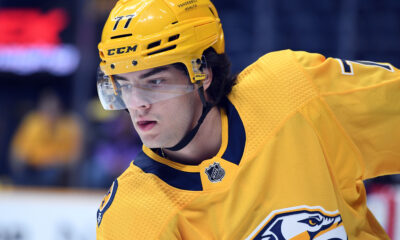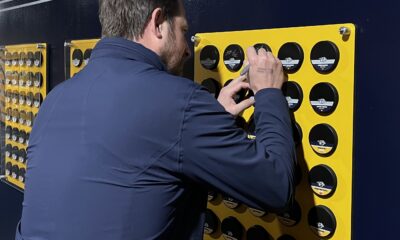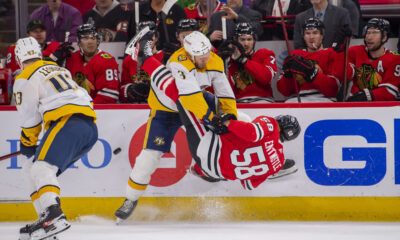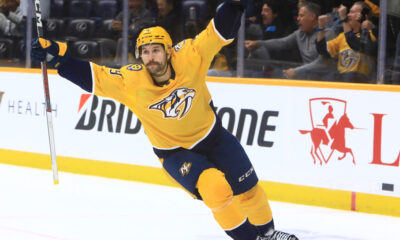
I never really know how to start or end these articles, so I’ll start with a Star Wars opinion.
I have rewatched “The Rise of Skywalker” four times in theaters, and all I’ll say about the film is this: don’t concern yourself with plot points or non-campy dialogue. Just turn your brain off, listen to John Williams’s swan song, and enjoy lasers and lightsabers. Also, if you support a romantic relationship between Rey Palpatine and Ben Solo, you’re a LITTLE misguided and a LOT wrong.
Let’s get into hockey now.
Is Hynes saucier than Laviolette?
Get it? Like Heinz is a condiment brand and the new coach for the Nashville Preda…. okay.

Given what the statistics I’ve seen on Natural Stat Trick and what I can deduce from the eye test, the biggest issue with Nashville under Peter Laviolette was the quantity of shots versus the quality. The emphasis on quantity initially worked, but as time went on, the team’s offense relied purely on luck and point shots. The offensive erosion eventually inhibited Nashville’s forwards to earn points from the dirty areas and undermined their own individual puck handling creativity.
There’s a reason why Filip Forsberg hasn’t yet touched 80 points and why Kyle Turris hasn’t fit in the system. Watching this team underperform was extremely frustrating, because their inability to correct the course was not due to lack of talent. Given Laviolette’s track record, there was definitely an expiration date on how effective his strategies would be against opposing teams. With that in mind, defining Laviolette’s tenure with this year’s lack of urgency would be erroneous for plenty of reasons.
I’d say a Stanley Cup Final appearance, President’s Trophy, two division titles, a Clarence Campbell Bowl, and a conference title would qualify as a successful run as head coach. But because of his success, winning the Stanley Cup was no longer a pipe dream– it was an expectation. When that expectation was not met, change was needed.

Enter John Hynes, fresh out of the mess that is New Jersey. An ineffective roster combined with terrible management forced Hynes out, despite serious underlying problems other than playing strategy. Taylor Hall, who was traded to Arizona, said this in November:
“We’re kind of battling our own fans at this point. We’re 1-for-3 on the power play and we’re getting booed. It’s a tie game and we’re getting booed. That’s a tough environment to play in sometimes, especially when you’re at home. I know when we’re playing somewhere and their fans start booing, it’s a fun environment for the away team to play in. I understand the fans’ frustration. After the game, if they’re booing because we’re losing, that’s fine. But when we’re 1-for-3 on the power play and they’re booing, it’s tough. If you’re playing at home, you want to feed off the energy of the crowd and not let that affect you but sometimes it does.”
For Hall and Hynes, it worked out.
Hynes didn’t exactly walk into paradise, as Nashville is still currently out of playoff contention nearing the end of January. However, he doesn’t have to climb too steep of a hill. After the remnants of Laviolette’s firing resonated with the team during the Boston’s 6-2 massacre, Hynes went to work the very next day with deliberate intention, reorganizing how the Predators played hockey. The next game, Nashville came out red hot, banging three goals past Corey Crawford in Chicago in the first period. As the game went on, their play suffered, due to the absences of defensemen Dante Fabbro and Ryan Ellis. Many will remember that game as Pekka Rinne’s offensive eruption, but what most impressed me about that game was how good the team looked when they decided to shoot near/in-between/below the face-off circles.

The most important components to Hynes’s strategy revolve around controlling the middle of the ice and focusing on “the right shot.” Although “the right shot” is the shot that goes past the goaltender, taking shots closer to the net gives teams a better chance for scoring (obviously). The farther away a player takes a shot, the less chance the puck has of going in– expected goals track that, and the Predators had one of the highest expected goal percentages of the season against Winnipeg, meaning they were creating quality chances throughout the sixty minutes. Of course, the more a team looks for “the right shot”, the less shots they take. However, Nashville was on its heels for the majority of the third period, which is less than ideal. Creating quality chances is all well and good, but playing with possession is equally important. Other than puck possession, I love what I see and I’m loving what I’m reading about this rejuvenated team effort.
When the question of whether Hynes will bring the Predators back into playoff contention comes up, I sat he will. With Juuse Saros and Pekka Rinne starting to figure themselves out and an offense dedicated to quality shots, I believe the season will turn around for Nashville.
At the very least, this team is fun to watch again.
Fighting. What is it good for?
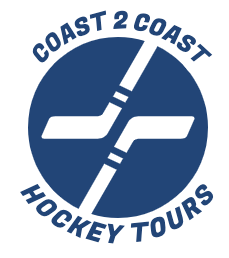
Being apart of the new generation of hockey fandom comes with the task of handling brain injuries, CTE and fighting, one of hockey’s longest traditions. With the growing concern of concussions and long-term brain damage, I have to ask myself why the Department of Player Safety still suspends players for dirty hits above the head, yet won’t bat an eye when some players continue to play dangerously. The NHL’s policy on concussions looks counterproductive when you analyze the torture these players willingly subject themselves to. So, how do players combat the terrible effects of brain damage with the consensual agreement that they might feel the need to prove a point with their fists? How do we, as spectators, feel a responsibility for the safety of these players yet enable and sometimes encourage unnecessary violence on the ice?
The best and worst thing about hockey is the ability for players to police the games themselves. Part of me believes these players should maintain the right to drop the gloves and resolve differences, but I also believe players shouldn’t have to make a point with their fighting abilities in the first place. It’s dangerous to punch another player in the face repeatedly and with intent to hurt them severely, especially to show what could happen to others associated with the player receiving those punches.
However, I also understand that players need to stand up to aggressors. For example, take recently suspended Edmonton Oilers forward Zack Kassian. who was handed a two game suspension for being the “aggressor” in a fight against Calgary Flames forward Matthew Tkachuk. Frankly, that punishment does not match the crime and ultimately, it makes no sense. Tkachuk had intentionally hit Kassian twice, and one of the hits looked like a penalty. Taking four strides towards a player and turning around to hip check a defenseless player along the boards would immediately grab my attention if I were a referee. When Kassian dropped the gloves, it wasn’t without reason. Eventually, fighting becomes a matter of standing up for yourself, and that’s exactly what Kassian did. In this case, Tkachuk was not the victim.
Allow me to place this into a larger frame.
Kassian’s salary is $2 million a year. That man will lose $20,967.74 and two games in a vital part of the season for a team that may or may not make the playoffs this year. He lost roughly one percent of his yearly salary because he had the nerve to stand up for himself. Imagine if you lost one percent of your yearly salary because you decided to confront someone who’d been harassing you. In this instance, I don’t agree with handing Kassian a suspension. Don’t take away a man’s money because he stood up for himself.
Moving on, the debate about whether fighting is good for the sport is frankly irrelevant. Players need that ability to police the game, but they shouldn’t have to. Hockey is evolving for the skill-based, not the brutes. Clean checking and bodying people off the puck is one thing, dirty hits are another. The league has done a better job of cracking down on dirty hits, but clearly, the problem is far from eradicated. I fixated on brain injuries, but knee-to-knee hits are also way too common.
If dirty hits are eliminated, fighting will be deemed unnecessary. Unfortunately, dirty hits will never leave the game, thus the ability to fight will remain intact. However, the league needs to crack down on dirty hits more and lay out more extensive and intense punishments; additionally, intent doesn’t matter. Across the board, the safety of the players should be the highest priority.
Brad Marchand
This could not have happened to a more deserving player.


